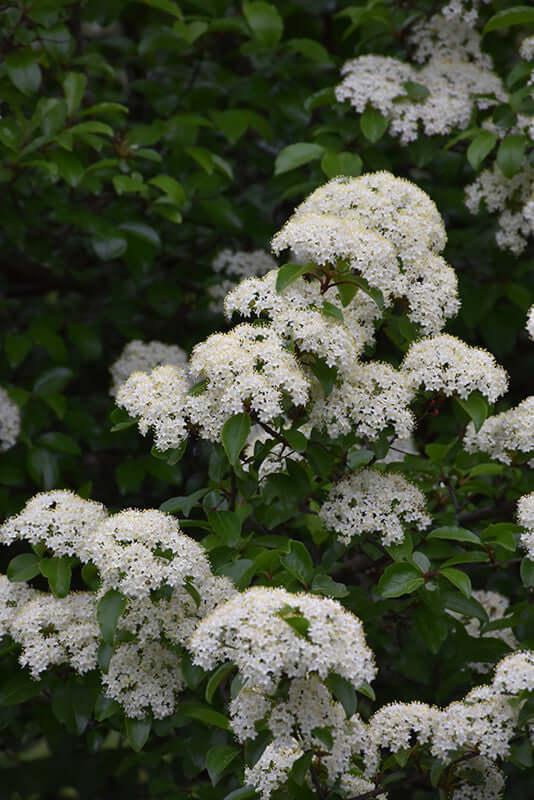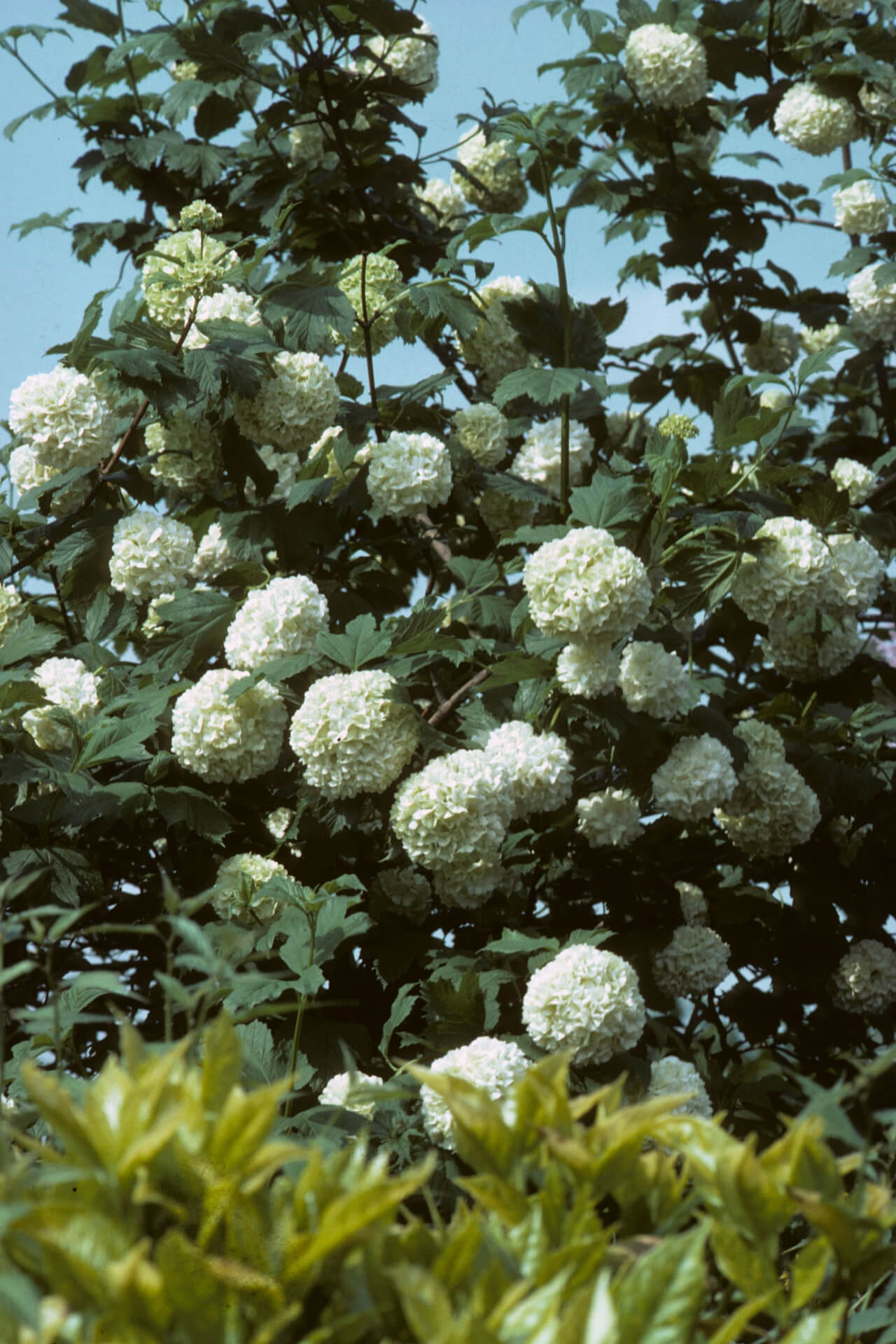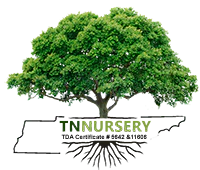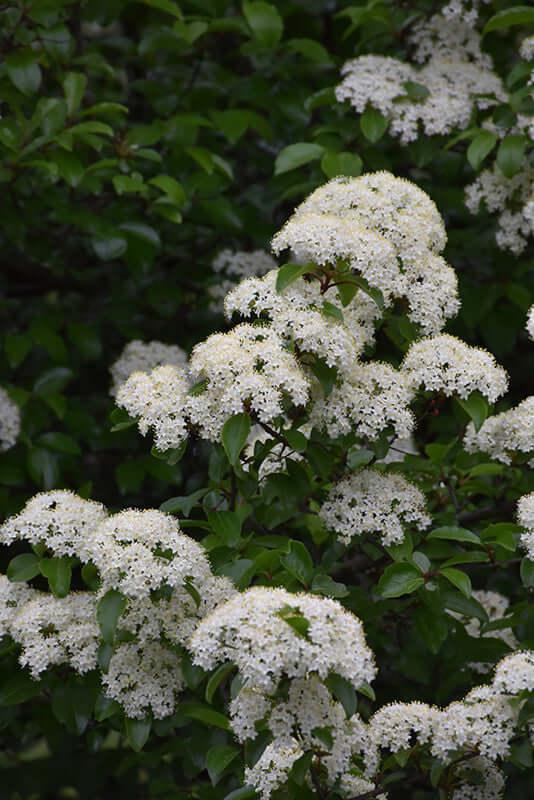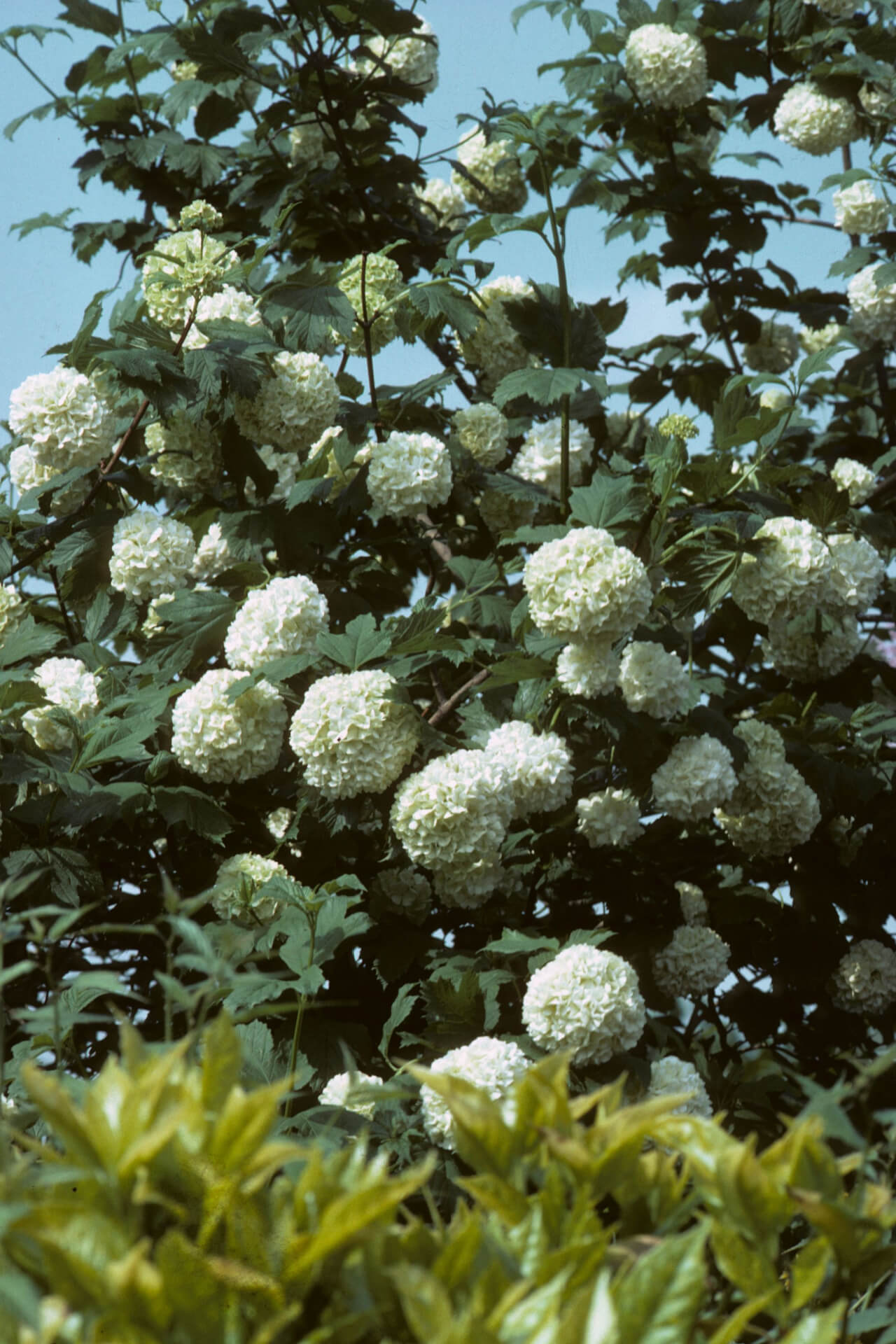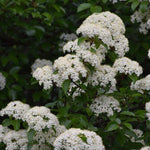Black Haw Viburnum
Black Haw Viburnum, also simply called black haw, is a shrubby tree that grows up from 12 to 15 feet high with a canopy that is 6 to 12 feet wide feet wide when left unpruned. When pruned to a single stem and grown as a tree, the black haw reaches heights of 30 feet with a canopy that reaches 20 feet wide. It is a native plant that thrives nicely in Hardiness Zones 3 through 9.
Where To Plant Black Haw Viburnum
The black haw prefers full sun to partial shade, with sunnier locations producing bushes with more abundant flowers and fruit. The tree flourishes in an assortment of soil types, but prefers well-drained soil that is amended with compost and organic material. During hot weather, this drought-resistant tree grows well when watered regularly.
Shop At Garden Plant Nursery
In landscaping, it is an ornamental that is used to create borders, privacy screens and diverse garden bed displays. Black haw is suitable for planting in dense clusters to create privacy screens. In spring, the black haw produces clusters of white flowers that attract bees and butterflies, while birds are attracted to the berries that ripen in autumn. Black haw berries are edible, and are often used to make jams.
The Appearance Of The Shrub
In autumn, black haws produce vivid foliage, with bronze, red and purple leaves. It has an irregular, mounded shape and dark green, obovate leaves. The leaves are glossy and appear in opposite each other on the branches. The dense branches are packed with abundant twigs, while the brown bark is rough and has an alligator skin pattern. In summer, the tree produces noticeable buds. To avoid removing new buds, prune Black Haw Viburnum immediately after the blooms fall off in spring or summer. Black haw berries are light green when they appear in early summer, and gradually ripen to blue or black in autumn. The berries may shrivel during autumn or winter.
Read lessQuantity
In Stock
Sold out
